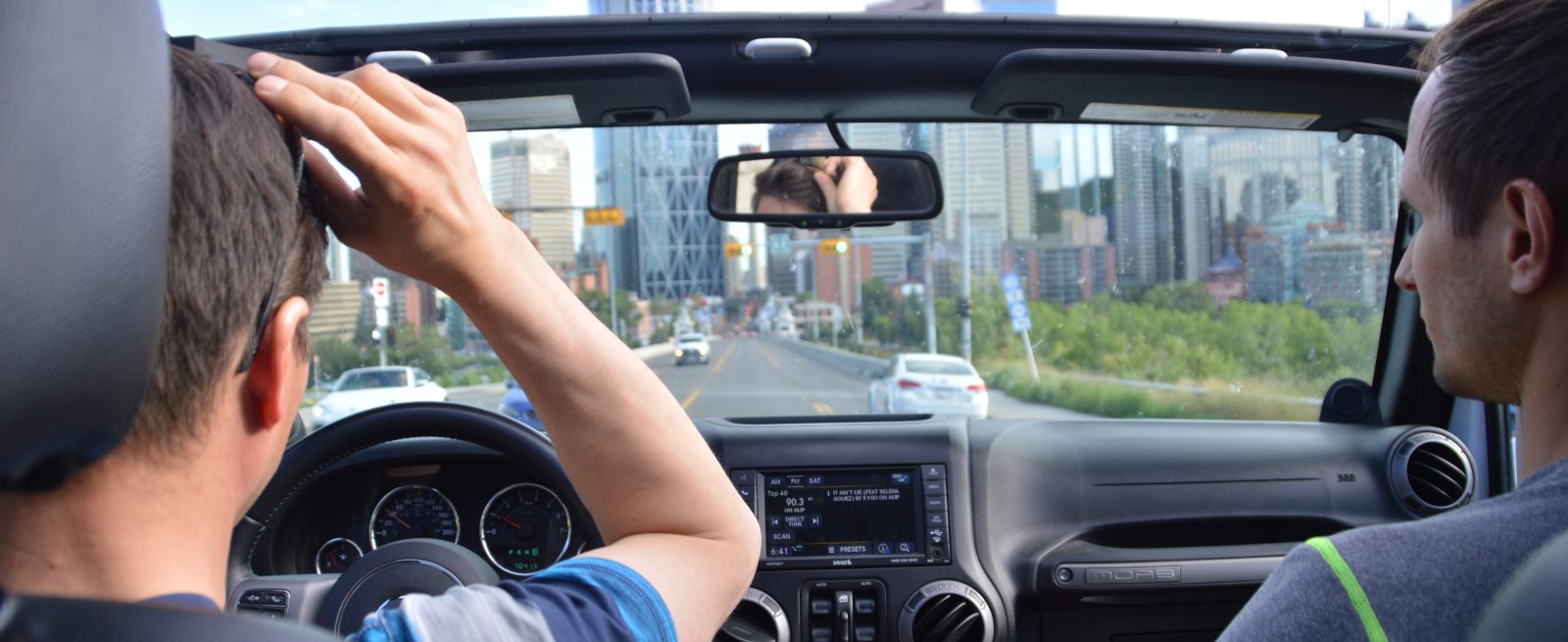Merge Ahead: QSRs and Cars Connect
5 Min Read By MRM Staff
According to a recent survey, 62 percent of drivers order food or drinks to go at least once a week, and 71 percent of drivers said it would be useful if their vehicle's infotainment system allowed them to order food so it could be ready for pickup when they arrive—providing users with the choice to avoid lines and reduce or eliminate wait times. Xevo, the connected car tech that powers in-vehicle commerce platform GM Marketplace, has partnered with QSRs such as Starbucks to provide consumers with these in-dash ordering and payment options, allowing them to pay before they arrive, pick up their ready-to-go order and get on the road.
Modern Restaurant Management (MRM) magazine discussed evolving technology and QSR partnerships with Dan Gittleman, CEO at Xevo.
In the current age of convenience, why do you feel that in-vehicle commerce and services resonate so much with drivers?Modern consumers expect their digital lives to evolve and stay relevant, even if the underlying…
Sorry, You've Reached Your Article Limit.
Register for free with our site to get unlimited articles.
Already registered? Sign in!

